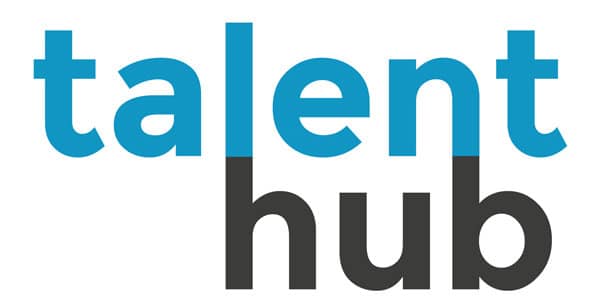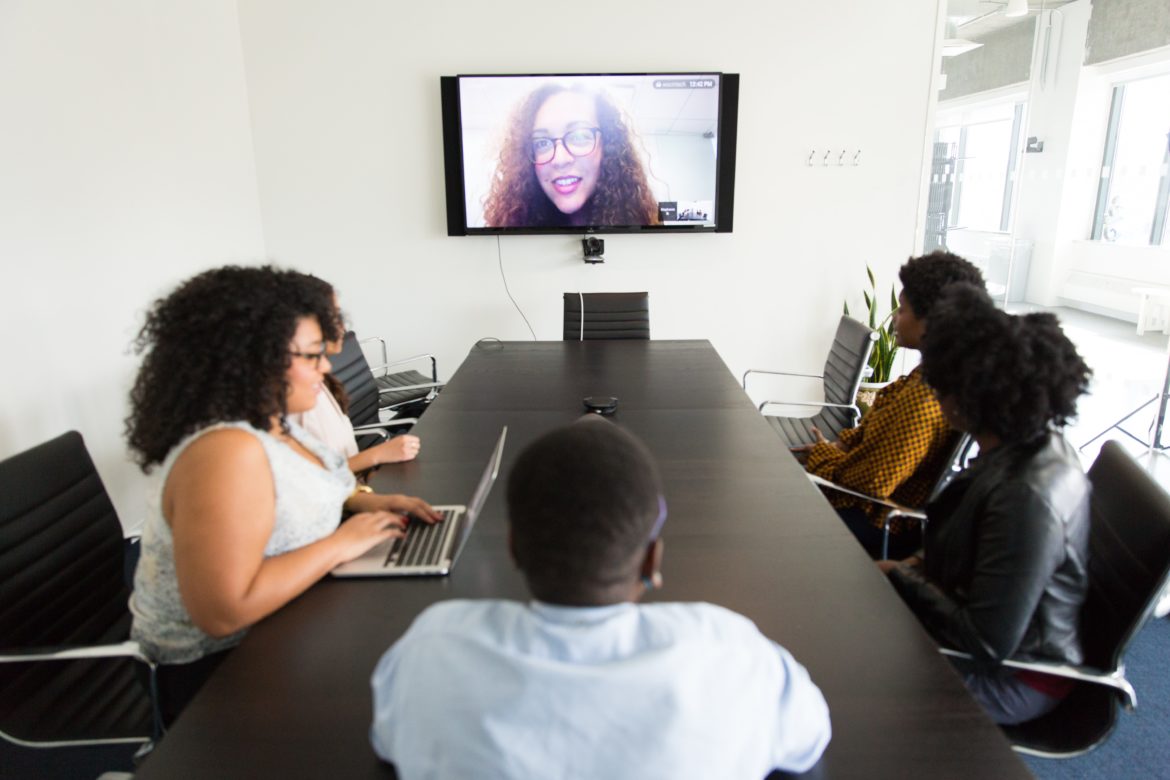Back in October 2016, Talent Hub placed Tristan Hoy in a 100% remote Salesforce contract role.
Our hiring client had originally been looking for an experienced Salesforce Solution Architect to work onsite in Melbourne but were having trouble finding the right candidate and so when we proposed that they have a conversation with Tristan – who was over 13,000km away and 17 hours behind at the time, they were open to seeing how it could work!
Admittedly we wouldn’t feel comfortable recommending all candidates to our clients under a 100% remote model, but we knew that Tristan was highly rated by many of our contacts in the Salesforce market and that he had previously delivered a remote Salesforce engagement very successfully.
Our client spoke with Tristan and agreed that he was the right man for the job – and over the last 7 months Tristan has proven the fact that remote Salesforce consulting can be an effective arrangement if the setup is right.
We decided it would be insightful to speak to Tristan to get some insights in to his Salesforce career to date; why he decided to start working remotely and what companies and consultants should consider before they look to start a remote Salesforce engagement
Tell us a bit about your Salesforce career to date
My first experience with Salesforce was at eWAY in 2009 – Apex and Visualforce were still new and I was asked to see how we could use it to streamline some of our business processes. This grew into cross-skilling 9 .NET developers and building the entire customer onboarding process in Salesforce, with heavy use of Visualforce and complex integration requirements.
eWAY was also really big on analytics and I lead a number of projects aimed at optimising and gamifying sales and service – and after seeing the commercial impact first hand, this became a major focus of my career. I also love the psychological aspect of things.
Optimisation and integration have been recurring themes through subsequent leadership roles at Open Colleges, Vodafone, Australian Unity and more recently zipMoney and Global Learning Support.
How long have you been doing remote Salesforce consulting and where have you worked from so far?
I first set off in April 2016, and have worked primarily from the west coast of Canada & US as well as the Yucatan Peninsula, with a stint back in Australia over the summer.
At what stage did you start to think about working remotely and how did you know you were ready to make the shift?
I guess I’ve been thinking about this for a while. I’ve always been able to squeeze a day’s work into 2-3 hours at home and then keep going, because I can shape my own working environment and schedule to help me be as productive as possible.
Everybody knows the challenge of finding the “zone of productivity” in an office environment – and paradoxically, recent advances in project management, developer tooling and automation are all exacerbating the issue because they are solving the easy problems for us. These tools allow us to build much more complex systems, and as a result both the number and complexity of the problems we are solving on a daily basis has increased substantially.
It has reached the point where it’s simply too difficult for a team to progress through emails, conversations and meetings. Context is lost, specifics are forgotten and conclusions become Chinese whispers – leading to more emails, more conversations and more meetings.
Software like JIRA solves these problems by providing a transparent, traceable and contextual workplace from which to collaboratively solve problems. It also creates trust because the work people are really completing is perfectly visible to the rest of the team.
On the administration side, your most important communication channel is cases, and your most important stakeholders – the people raising them – are almost never in front of you.
And with our workplace moving to the web browser, do we really need to be co-located?
How do you typically structure your day to ensure that the arrangement works for you and your client?
I make sure I am available during typical work hours to resolve any issues or questions that arise, however I do a significant portion of my work outside work hours as it means I can focus on the task at hand.
That said, production issues and deployments require much more intensive and time-critical collaboration with the team and during these times I align my hours with others.
What was the biggest challenge initially?
Learning – the hard way – that not everybody has the right culture and/or infrastructure to support remote workers.
What should companies take into consideration before hiring a remote Salesforce professional?
You need to have your project management tooling and practices set up very well and buy-in from all team members. All issues, all discussions, all resolutions must be tracked properly or you will literally be leaving your remote resource in the dark. But the same measures will improve project outcomes regardless of where your team works from and should be in place anyway!
The challenge here is that driving adoption of the required level of project management tooling and practices is more about shifting culture than it is about systems and processes.
You also need to make sure your remote resource has access to everything they need to do their job, and within the first few days. Every bit of infrastructure/security friction between your remote resource and the rest of your team is going to make them feel disengaged. So, make sure it takes less than a day to get someone fully on board BEFORE you hire them.
In your opinion, are there any Salesforce consulting tasks that cannot be done remotely?
There are none, providing that the consultant has a capable ally within the company’s walls to support them, champion their work and give them a voice.
Why do you think some companies aren’t open to hiring remote Salesforce Developers?
Reason 1: Organisational habits die even harder than personal ones
Organisations that do not have good management systems and structures in place invariably resort to excessive meetings to drive outcomes. The excess of meetings then makes other communication channels less effective, creating a feedback loop that subconsciously reinforces the idea that “If I can’t see them, I can’t trust them to deliver results”.
When people try to implement something like JIRA in an organisation like this, it never reaches its full potential because people struggle to trust that anything other than meetings will be effective. Thus, it never becomes effective, and never reaches the level of maturity and adoption required to get good results out of anybody, let alone a remote resource.
Once these companies find the right mix of people to implement these systems and structures properly and drive adoption at all levels these companies will be better positioned to take on remote resources.
Reason 2: Organisational culture is chained to (legacy) infrastructure
Salesforce’s cloud-first architecture means that it takes effort to stop people working remotely, and Salesforce is undoubtedly the biggest driver of remote work in Australia.
But there are surprisingly few big Salesforce employers in Australia that have all of the following in place:
- Cloud-hosted identity & access management
- Cloud-hosted collaboration & communication
- Cloud-hosted source control & project management
- Cloud-hosted development & production environments (e.g. websites & other systems)
The traditional brick-wall “fortress” approach to IT security not only creates technical resistance in onboarding a remote resource, it also creates an even more powerful psycho-organisational resistance: an embedded mistrust of anything outside those brick walls.
And most of these companies actually do go the extra mile to prevent people from working remotely.
Do you think this will change?
Absolutely. Cloud-first is the default architecture for new companies, and existing companies are slowly embracing it because of the flexibility it provides.
Salesforce developers and administrators all KNOW they can do their job remotely. And as more Australian employers test the waters with remote working, and these developers and administrators have their beliefs externally validated, demand will naturally rise and the market will be forced to at least consider it.
And as the market for remote working grows, more and more Australian companies will start to take it seriously, especially as their infrastructure catches up.
At the same time, startups with cloud-first architecture are ready to support remote workers today, Salesforce or otherwise, and developers on other platforms will start to find (and demand) opportunities for remote work.
What would be your advice for anyone else looking to position themselves for remote Salesforce consulting opportunities?
Start driving the implementation of good systems and processes in your current workplace. Build the infrastructure and culture that supports tomorrow’s remote workers today.
This will not only position both you and your company to participate in the future of remote working – but more importantly, for success in the short term.
It will also improve your maturity as a developer or administrator, and will teach you how to identify and fill any gaps when you start your first remote working gig so you can hit the ground running.
But the most important thing you can do is talk about it. Bring it into the market’s consciousness. Change starts with communication!
Where will you be working from for the rest of 2017?
Washington, Oregon, California, Colorado, British Columbia and then back to NSW.

